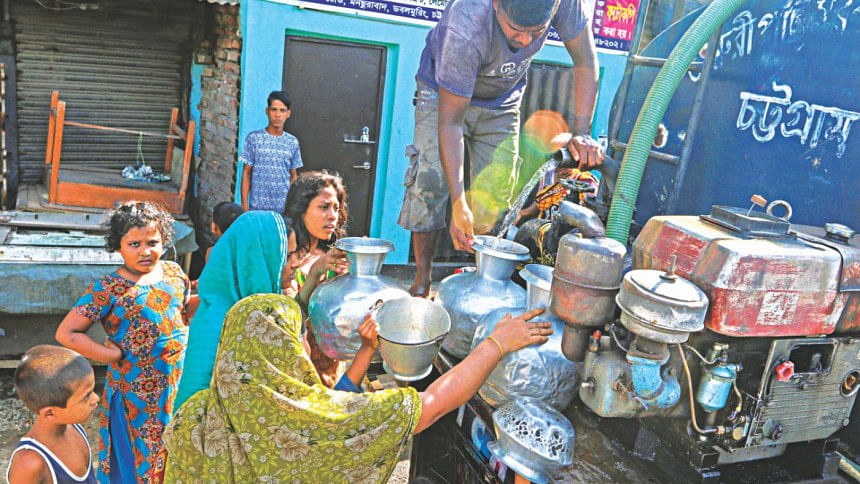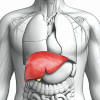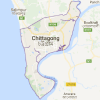Hepatitis E: Cases on the rise in Ctg

An outbreak of hepatitis E has spread to many areas in the city, particularly in Halisahar, in the last few days.
The number of hepatitis E patients in Halisahar was 892 on Wednesday, up from 396 on June 28, according to Chittagong Civil Surgeon Office.
Cases of hepatitis E virus have also been reported in Agrabad, Dewanhat, Pahartoli, Double Mooring, Mansurabad and Bandar areas, said sources in Chittagong City Corporation (CCC) health department.
City residents said contamination of water supplied by Chittagong Water Supply and Sewerage Authority (CWASA) might have caused the outbreak.
Hepatitis E is a liver disease caused by the hepatitis E virus. It is transmitted mainly through contaminated drinking water, according to World Health Organisation.
Usually a self-limiting infection, it resolves within 4-6 weeks. Occasionally, a fulminant form of hepatitis develops (acute liver failure), which can lead to death.
There are approximately 20 million incidents of hepatitis E infections every year across the world, says WHO.
Chittagong Wasa on Thursday increased the level of chlorine in water to 2ppm from 1.5ppm, said a top Wasa official.
Earlier on June 30, the company hike the level of chlorine to 1.5ppm to ensure sufficient amount of the chemical in water at the consumer level, he said.
Jahurul Haque, chief engineer at Sheikh Hasina Water Treatment Plant of CWASA, said, “We usually mix 0.7ppm to 1ppm chlorine in water, but under the present situation, we have decided to increase the level of chlorine to 2ppm.”
As per a recommendation by World Health Organisation, the ideal level of chlorine in water should be between 0.5ppm and 2ppm, he said, adding that city residents might smell chlorine in water as its level in water has been increased, but they should not be worried about it as there is no health hazard in it.
Jahurul, however, claimed presence of hepatitis E virus was not found in the sample of water supplied by Wasa.
He said people in many areas were not conscious about using and preserving water. “Underground water tanks in many areas of the city have somehow got connected to the nearby sewerage lines. And that might have caused the contamination of water.”
The Wasa official also blamed inundation of Halisahar and Agrabad areas during high tide every day for the contamination of water in underground tanks in many areas.
Meanwhile, residents of Halisahar and Agrabad areas recently staged protests over the sufferings. A human chain was formed in front of Chittagong Press Club on June 30 under the banner of Kordata Surakkha Parishad, a platform of taxpayers in Chittagong city. Speakers at the programme demanded the government declare the hepatitis E outbreak areas as “affected areas”.
Amir Uddin, general secretary of the parishad and also an associate professor of Chittagong University, said people have long been suffering from water-logging in many areas.
The recent outbreak of hepatitis E has worsened their sufferings, he said, adding that the government should declare the areas as “affected areas” and take immediate steps to address the problem.
Selim Akter Chowdhury, chief medical officer of CCC, said their health department was conducting awareness campaigns in the affected areas. “We have also engaged the local ward councillors to carry out the campaign.”
Asked why the residents from new areas were being infected, Selim said as many city areas remain inundated in the rainy season, people in those areas are likely to be infected with hepatitis E virus through contaminated water.
“If people use safe water [which is boiled for 30 minutes] for dirking and washing hands, mouth, glasses and plates, they can prevent the disease,” he added.

 For all latest news, follow The Daily Star's Google News channel.
For all latest news, follow The Daily Star's Google News channel. 








Comments